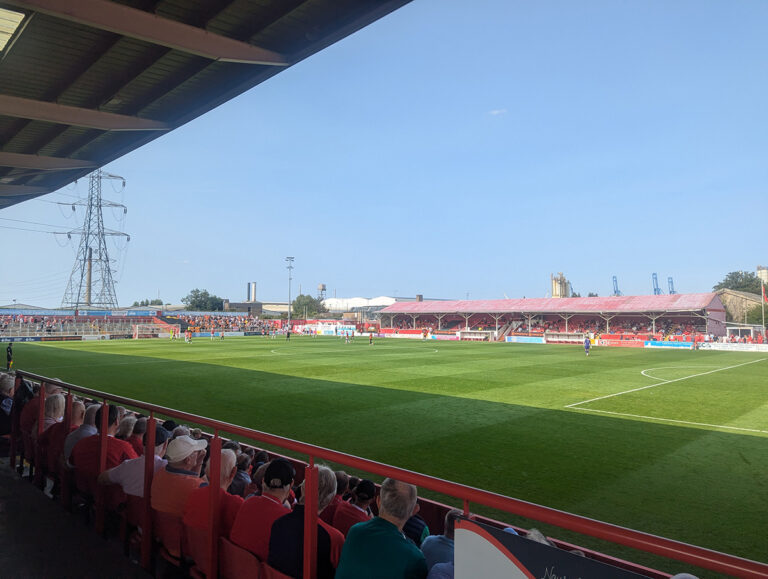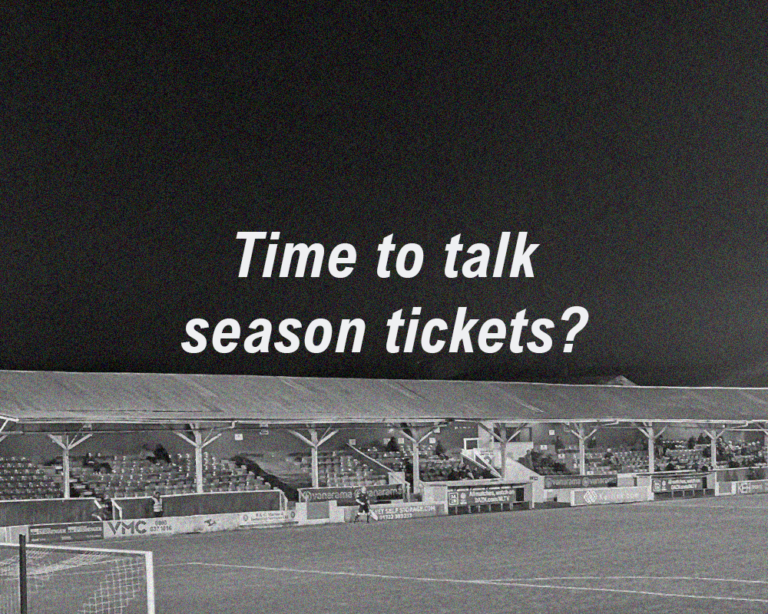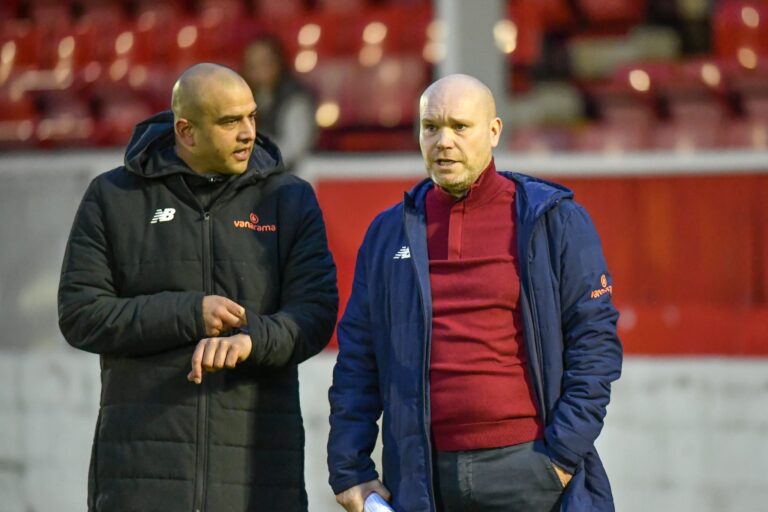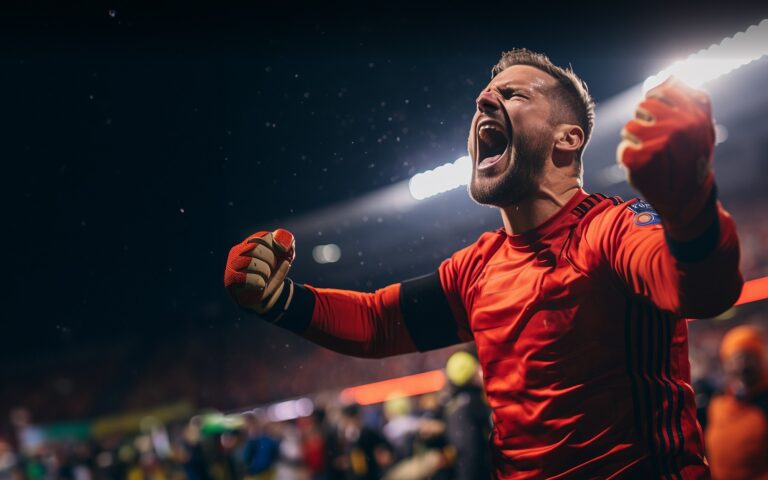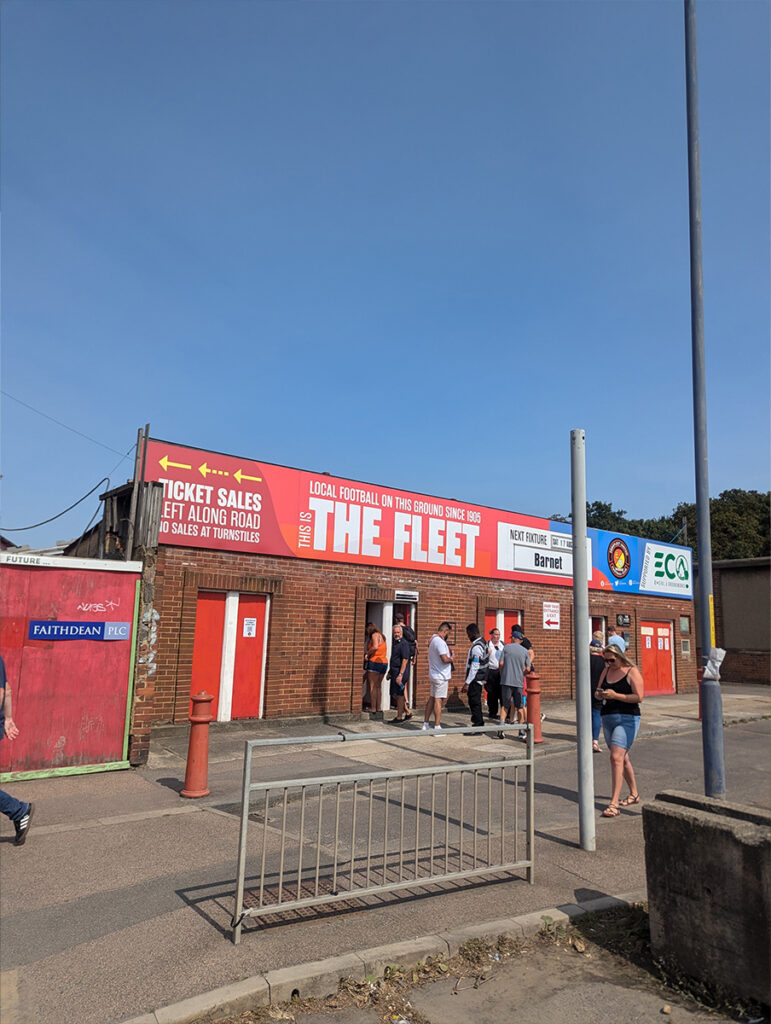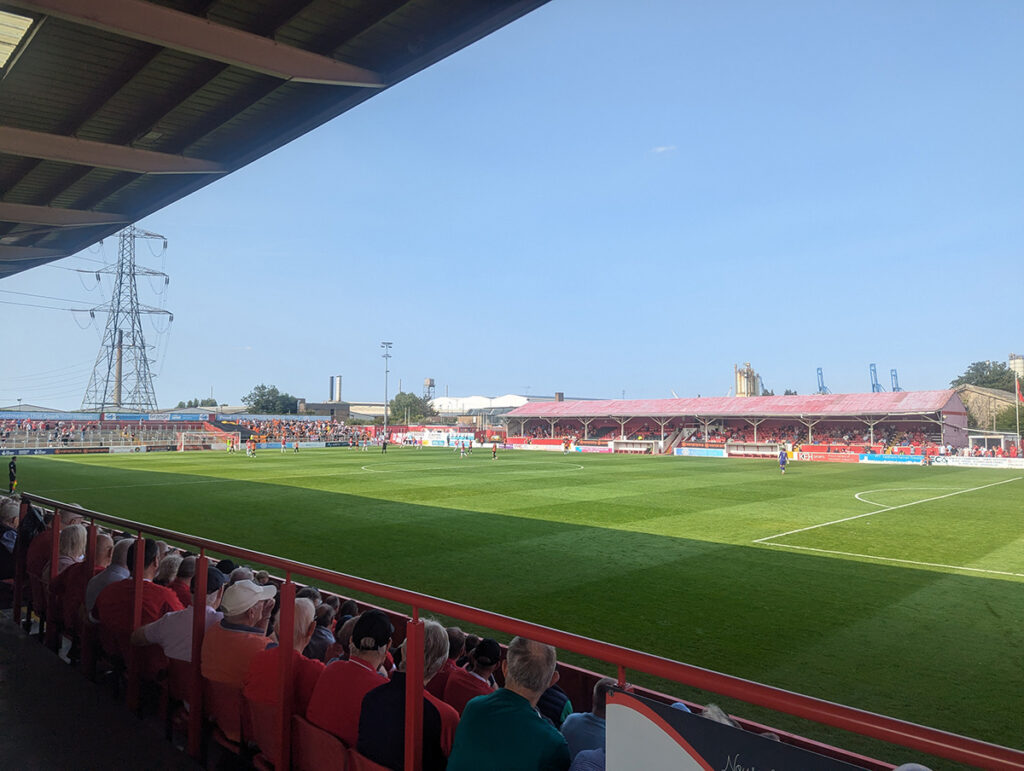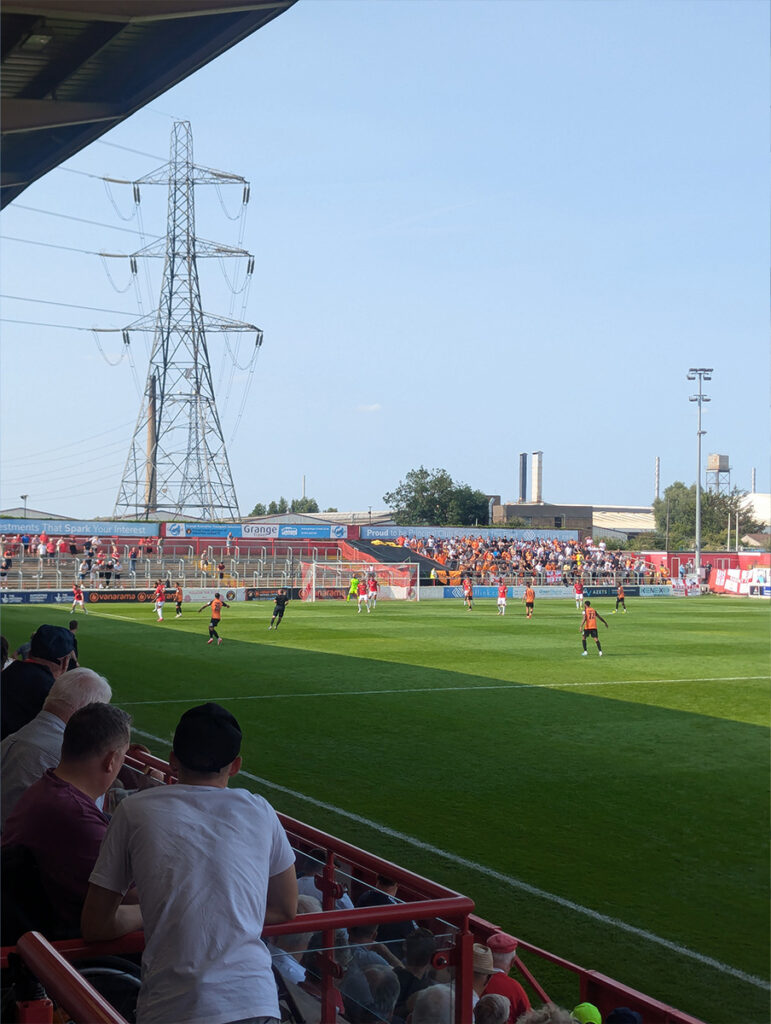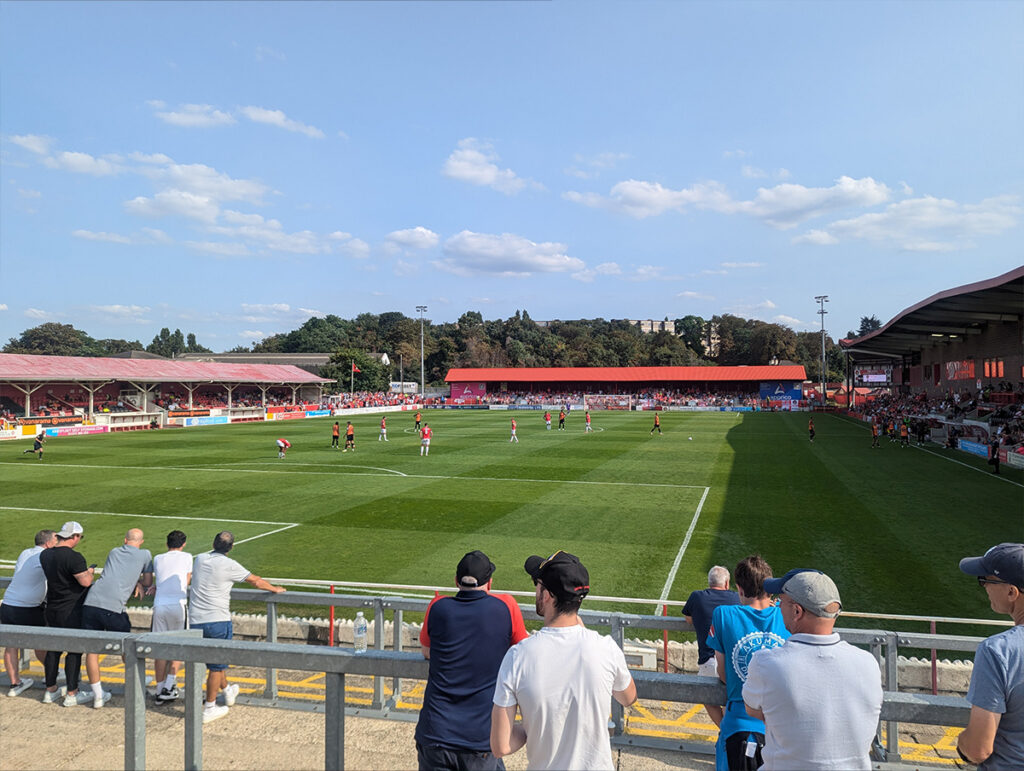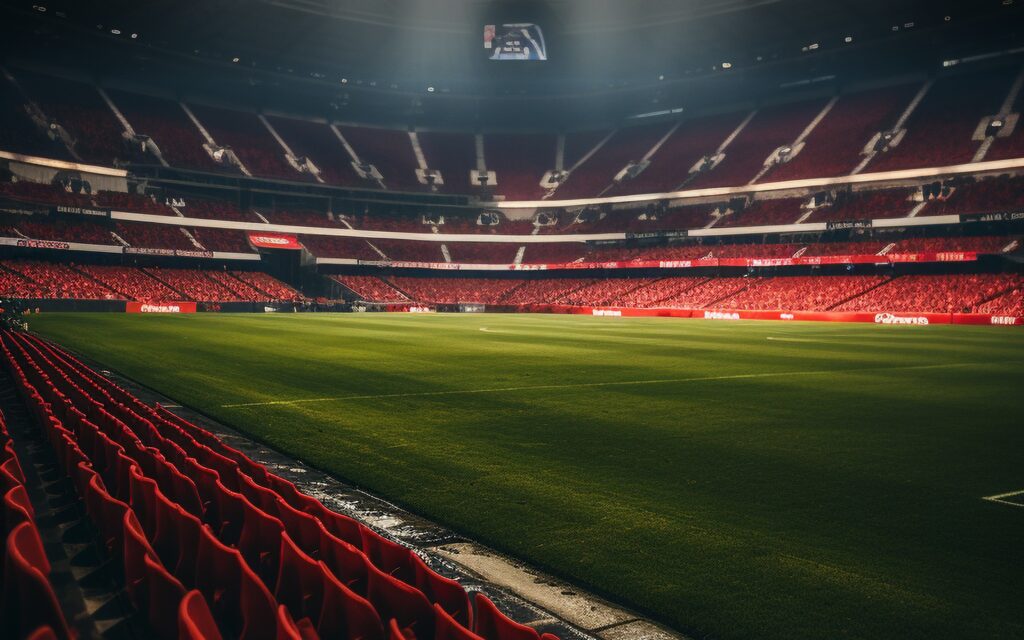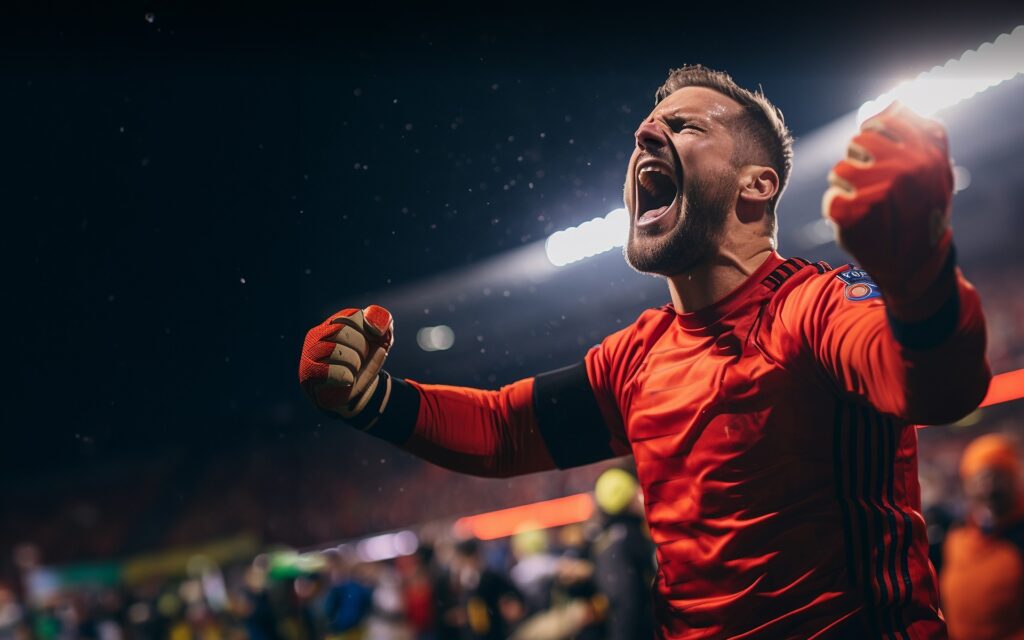On paper, building a football team can seem like a straightforward task. After escaping at the end of the last campaign, our ownership decided a refresh was needed – clearly dissatisfied with our fragile National League status.
But rebuilding on paper is quite different to doing so in practice. Whilst national outlets continued to air scepticism about our potential to improve this term, the noises coming from the club all seemed positive. A focus on physicality and pace, definitely lacking last term, would lead us to safety.
Seven games in, scoring four and conceding a league leading 18 goals, it looks abundantly clear that the plan has failed.
The problem is that assembling a lineup – acquiring the best talent, creating a balanced squad, and developing a winning footballing system – sounds simple. Especially when you think you have identified the core issue. The reality, however, is far more complex. While a strong paper team can give you a solid foundation, it requires management and leadership to build on it.
One of the key differences between a paper team and a real-life team lies in chemistry. Any match-going fan could tell you any combination of our starting eleven haven’t found collaborative patterns of play.
Our new signings might possess the skills to physically dominate around the park, but right now, they struggle to perform as a cohesive unit. There seems to be a lack of communication – and given the shaky displays at both ends of the pitch, you can understand why trust may be in short supply.
Searle might have performed a minor miracle to keep us up last year, but there looks to be a mountain to climb now. The game isn’t played on paper – and we are a long way from the type of performances we need in a very competitive league.


